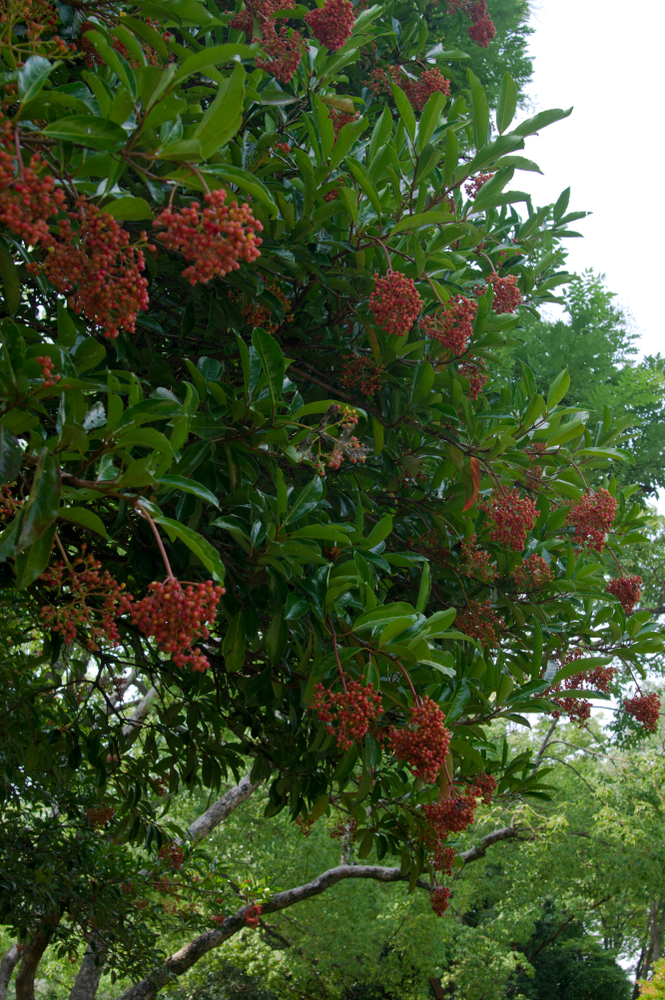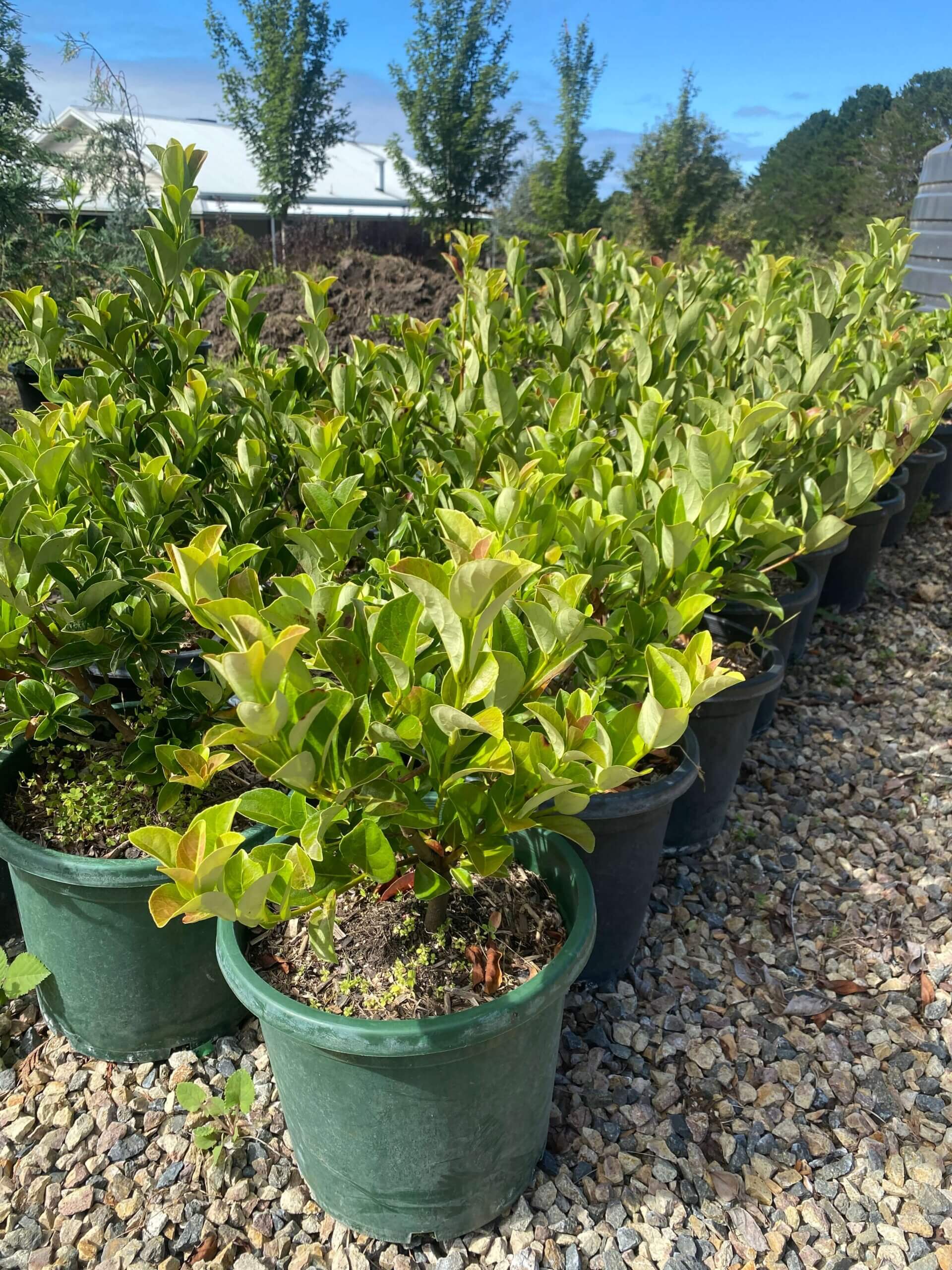Description
Viburnum is a genus of flowering shrubs and trees in the family Adoxaceae, and is native to North America, Europe, and Asia. The plants in this genus are popular for their showy, fragrant flowers and colourful berries.
Climate: Viburnum species have different climate preferences depending on the species, but most prefer temperate climates. They can tolerate temperatures ranging from -30°C to 35°C. They require full sun to partial shade exposure to grow well.
Watering: Viburnum species prefer moderate watering, and should be watered deeply once or twice a week. They require well-draining soil and should not be overwatered to avoid root rot.
Soil type: Viburnum species grow well in well-draining soils with a pH between 5.5 to 7.5. They prefer sandy or loamy soils that are rich in organic matter.
Fertilizing: Viburnum species benefit from regular fertilization during the growing season, using a balanced fertilizer at half strength every two to three weeks.
Pruning: Pruning is recommended for Viburnum species to promote new growth and maintain a desired size and shape. It is recommended to prune after flowering to promote new growth and maintain a compact shape.
Pests and diseases: Viburnum species can be prone to pests such as aphids and scale insects, as well as fungal diseases such as powdery mildew and leaf spot.
Propagation: Viburnum species can be propagated by seed, but it is more common to propagate by cuttings taken in the summer or by layering.
Landscape uses: Viburnum species are commonly used in landscaping for their ornamental foliage, flowers, and berries. They are also used as a hedge or border plant, and in mixed perennial beds.
Cultivars: There are several cultivars of Viburnum available, including: Viburnum opulus (European cranberry bush): This species produces showy, white flowers and red berries, and is commonly used in mixed perennial beds and as a hedge or border plant. Viburnum plicatum (Japanese snowball bush): This species produces showy, white flowers and is commonly used as an accent plant or as a hedge. Viburnum tinus (Laurustinus): This species produces pink or white flowers and is commonly used in mixed perennial beds and as an accent plant.



